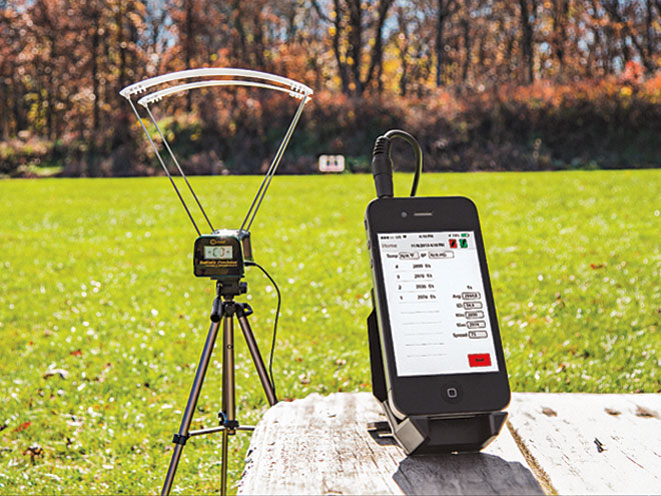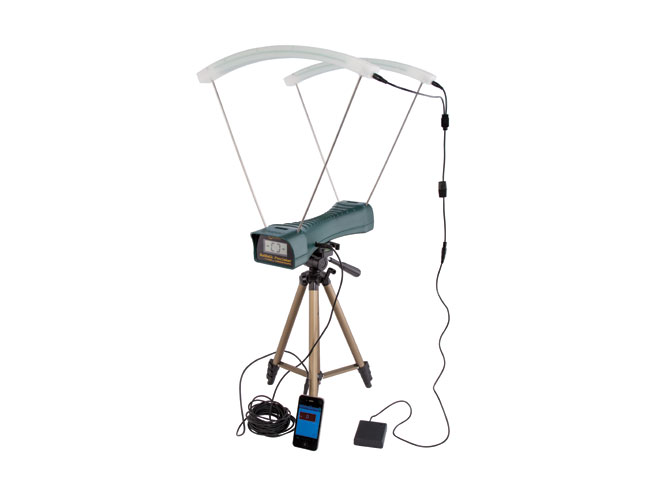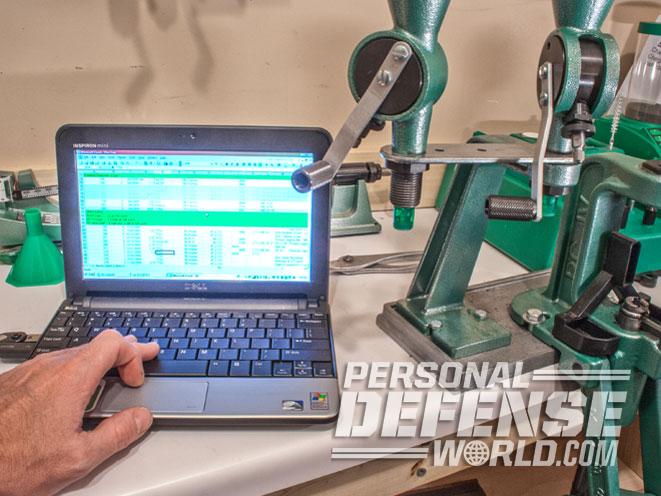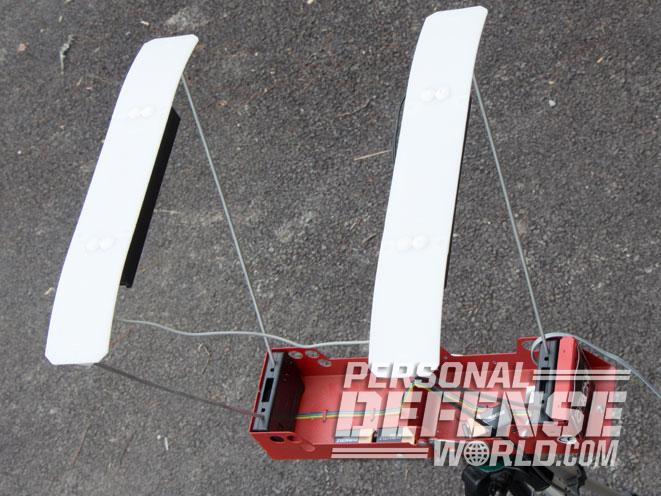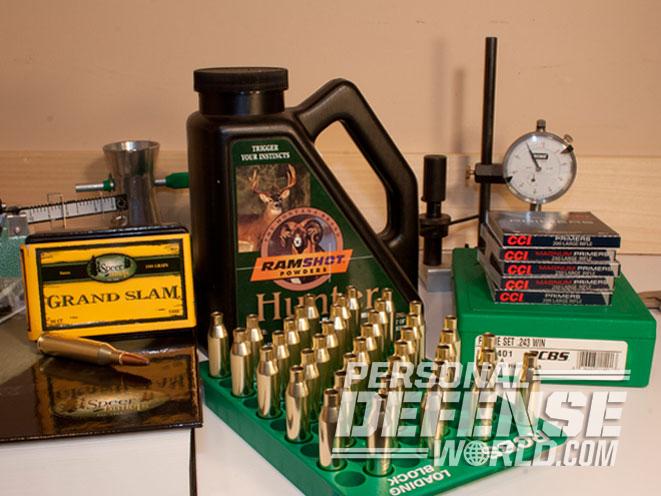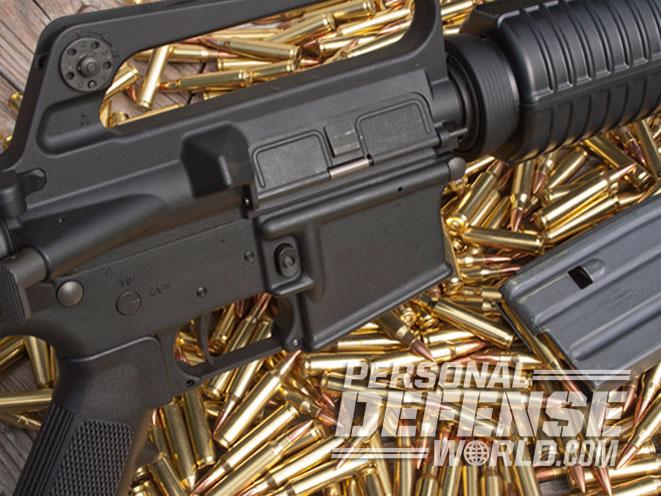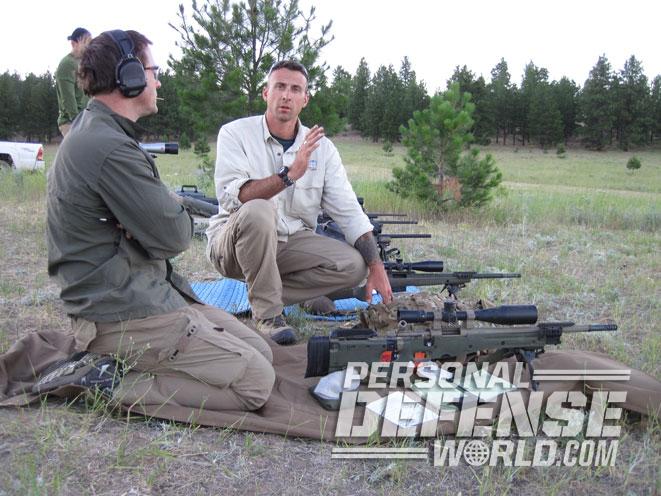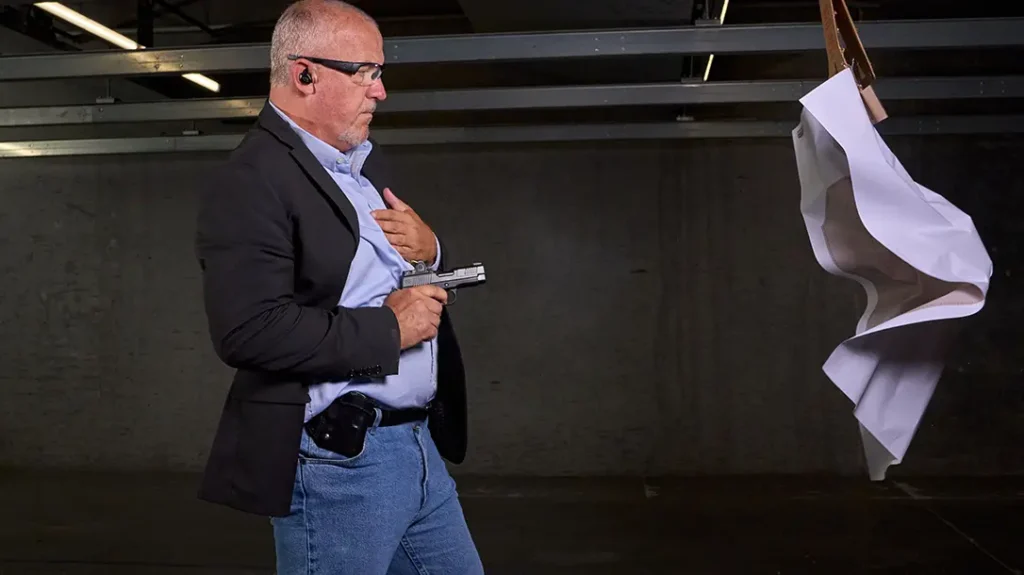I’m astonished by the number of folks who handload but do not own or utilize a chronograph. There is simply no better way to understand or evaluate the performance of the ammunition you are building. Sure, you can shoot targets and see group sizes, but accuracy is just one part of ammunition performance. Trajectory and terminal performance matter, too, and you’ll need a chronograph to sort those out. More important is the handload’s safety, and the only reliable means to evaluate the safety of a handload is with a chronograph.
Chronographs use light sensors to calculate how long it takes a bullet to travel a very short distance. This distance is the space between the light sensors. As the bullet passes over the first sensor, the light to that sensor is blocked. The same thing happens when the bullet passes over the second sensor. The chronograph’s internal computer then measures the time it took the bullet to travel between the sensors and converts that time to feet per second (fps).
A chronograph helps you determine downrange trajectory by allowing you to compare the velocity of the bullet to the bullet’s ballistic coefficient (BC). Velocity and BC are the only two numbers you need to establish bullet trajectory. Lots of times handloaders just guess at velocity based on the data provided in a load manual, but that data can be off from your gun by as much as 100 fps.
Advertisement — Continue Reading Below
Velocity is also very important when it comes to terminal performance. You want your bullet to hit the target with enough velocity for the bullet to expand and penetrate in a way that tissue destruction is maximized. In order for you to know your bullet’s velocity at 282 yards, you’ll need to shoot it over a chronograph, compare it with the bullet’s BC and then look at a ballistics program for velocity at that distance.
All of these things are important when you are making hunting ammo. You need to hit the critter, and you need the bullet to work when it gets there. But handload safety is more important. You do not want to damage your gun or yourself. Lots of handloaders like to pump up their handloads for increased performance, and instead of using a chronograph, they look for traditional pressure signs on the fired cases. Things like flat primers, hard extraction, and potential case head separation are all possible signs of high pressure, but they are not definitive, and often only show up when pressures climb to very dangerous levels.
Speed Reading
Advertisement — Continue Reading Below
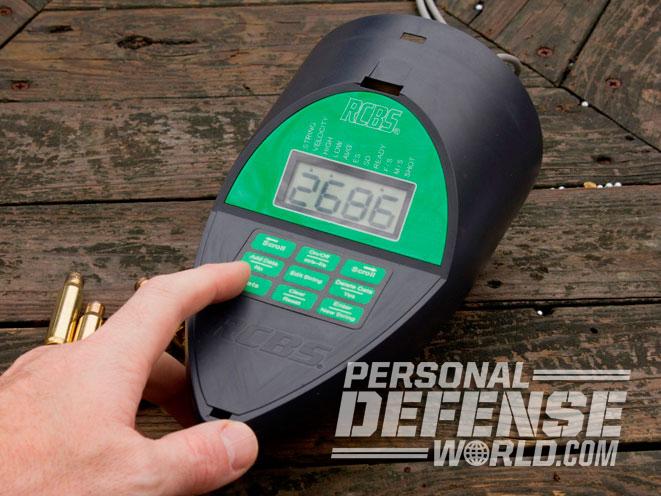
To establish the velocity of a handload with a chronograph, you should fire between five and 10 rounds over a chronograph positioned between 10 and 15 feet from the muzzle. Ten feet is fine with most rifles; for big boomers, you might want to try 15 feet because the muzzle blast will sometimes affect the readings. The average velocity of these five to 10 shots will give you a reasonable idea of how fast your load is.
You should also look at the velocity maximum deviation (MD); that’s the difference between the slowest and the fastest shot. If that number is more than 75 fps, you do not have a very consistent load, and this is true even if that load is printing sub-1-inch groups at 100 yards. With a high MD, you’ll see your shots string vertically at long range. The velocity MD for a consistent load should be less than 50 fps.
Advertisement — Continue Reading Below
RELATED STORY: 9 Chronographs To Help You Fine-Tune Your Handloads
The velocity standard deviation (SD) is important, too. SD shows the dispersion or deviation from the average. In other words, if the SD for 10 shots is 15 fps, then you can reasonably expect every shot you fire to be within 15 fps of the average velocity for that load. This is critical for long-range shooting because, at 800 yards, slight velocity deviations will adversely affect the point of impact. Good chronographs will calculate the average, MD and SD velocities for you.
But what about handload safety and pressure guessing with a chronograph? Average velocity, MD and SD matter here, too. If your load shows an average velocity that is right at the maximum published velocity for the load, but your load also shows a MD of as high as 100 fps, it’s possible that some of the rounds you are firing are exceeding the maximum allowable pressure.
Advertisement — Continue Reading Below
When evaluating handload velocity, it’s not a bad idea to keep your average velocity below the published velocity by a number that is equivalent to the MD your load has recorded over the chronograph. This helps keep pressures in check, which also helps keep you safe and your gun from blowing up.
Barrel Effects
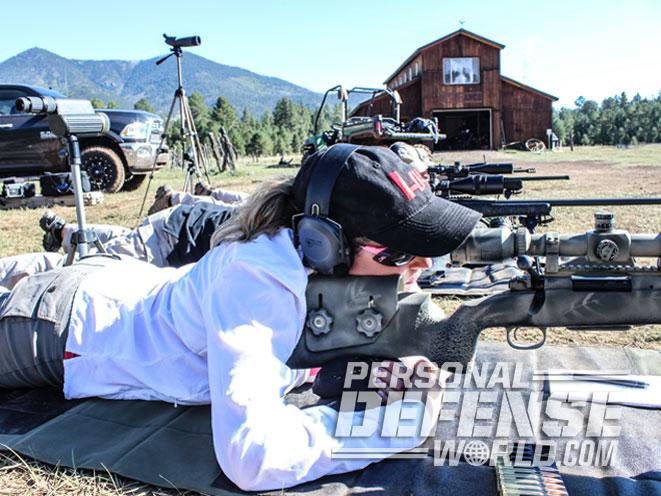
Advertisement — Continue Reading Below
The question of barrel length always comes in to any discussion about velocity. It is generally accepted that you lose about 25 fps for every inch of barrel length. While this rule might very well apply to one rifle, it is not very accurate when you compare one rifle with a 24-inch barrel to another rifle with, say, a 20-inch barrel.
RELATED STORY: Do The Twist – Calculating Your Gun’s Actual Rifling Rate
By the same token, I’ve seen short-barrel rifles produce velocities higher than long-barrel rifles with the same ammunition. The reasons for this can vary and be multiple, but the important thing to note is that, regardless of your barrel length, if you are recording velocities that are higher than those listed as the maximum in the load manual, you do not have a special rifle. More likely, your handloads are over-pressured. It’s also important to note that pressure damage to a firearm is cumulative. It might only take one over-pressure load to blow up your gun, or it might take 10 or even 100. You won’t know until it’s too late.
Advertisement — Continue Reading Below
Obviously, the only way to know is to check the velocities your handloads are producing, and the only way to do that is with a chronograph. The good news is that chronographs are affordable. If you’re going to get serious about handloading, you have to get a chronograph. Otherwise, it’s like inflating the tires on your truck without a pressure gauge.
